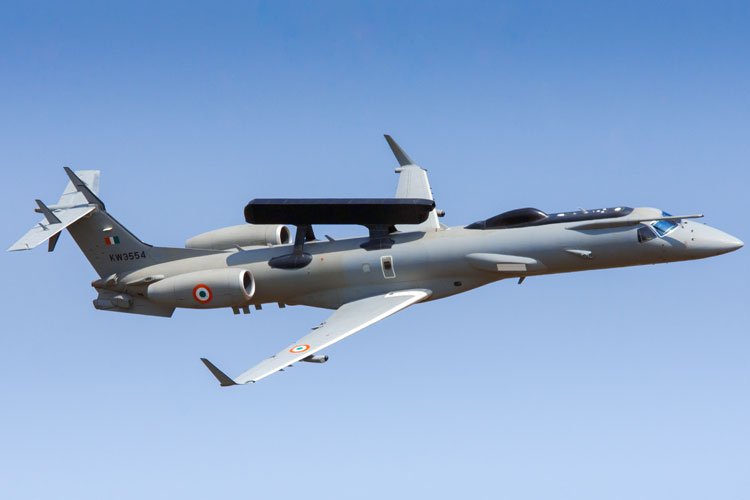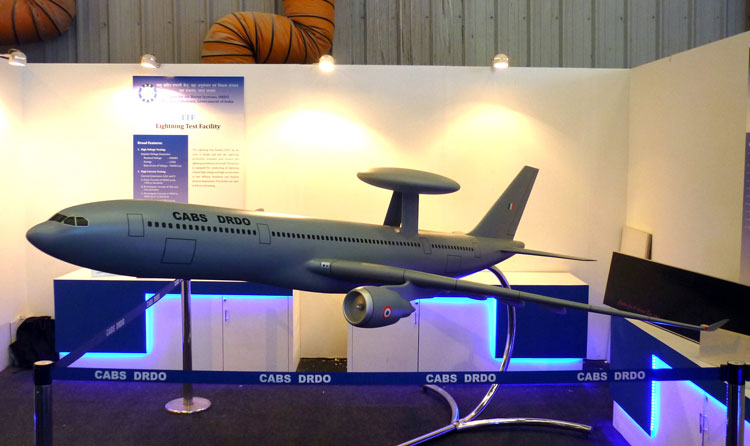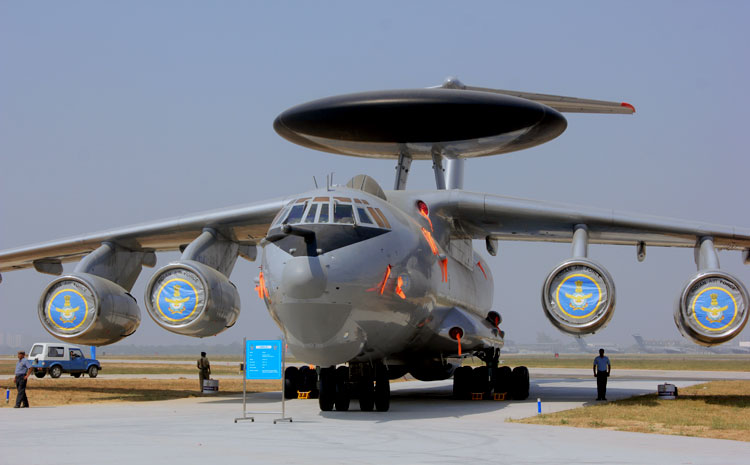INDIAN ARMED FORCES CHIEFS ON OUR RELENTLESS AND FOCUSED PUBLISHING EFFORTS

SP Guide Publications puts forth a well compiled articulation of issues, pursuits and accomplishments of the Indian Army, over the years

"Over the past 60 years, the growth of SP Guide Publications has mirrored the rising stature of Indian Navy. Its well-researched and informative magazines on Defence and Aerospace sector have served to shape an educated opinion of our military personnel, policy makers and the public alike. I wish SP's Publication team continued success, fair winds and following seas in all future endeavour!"

Since, its inception in 1964, SP Guide Publications has consistently demonstrated commitment to high-quality journalism in the aerospace and defence sectors, earning a well-deserved reputation as Asia's largest media house in this domain. I wish SP Guide Publications continued success in its pursuit of excellence.
ISTARs in The Sky
The IAF has expressed urgency for the ISTAR programme to get going early and has provided full backing to the indigenous ISTAR as a priority future asset to support precision strikes
 |
The Author is Former Director General of Information Systems and A Special Forces Veteran, Indian Army |

The importance of aerial surveillance for India with hostile neighbours like China and Pakistan needs no elaboration. Aerial surveillance for airborne intelligence is being done by both the Research & Analysis Wing (RAW) operating their dedicated aircraft, as well as the Indian Air Force (IAF). The IAF is currently operating three Phalcon AWACS (Airborne Warning And Control System) and two Defence Research and Development Organisation (DRDO) - Embraer Netra AEW&C Airborne Early Warning and Control) jets. Two additional Phalcon AWACS are being contracted, which will raise the Phalcon AWACS fleet to five. The DRDO had also been developing an AWACS system based on the Airbus A330 platform but apparently that is still in the making or perhaps shelved.
Media reports now indicate that acquisition of an Intelligence Surveillance Targeting and Reconnaissance (ISTAR) aircraft from the US at a cost of $3 billion being worked upon under the Defence Technology & Trade Initiative (DTTI), which will likely come through given the growing India-US strategic partnership. The plan is to follow up import of one ISTAR aircraft from the US with a joint Indo-US project under ‘Make in India’, in which, the DRDO will develop sensor technologies for an additional four aircraft. A model of proposed indigenous ISTAR jet was displayed in Aero India 2021 held in February.

The ISTAR comprises airborne and ground segments based on a ‘high altitude, high endurance, transport jet’ sporting very high resolution imagery from long range SAR and EO/IR, ground moving target detection of slow moving objects, the ability to track mobile ground targets, map natural disasters, area monitor vessels, monitor activities near border and littoral areas. The DRDO describes it as a ‘system of systems’, with the ‘multi intelligence system’ using AI/ML/DL to infer actionable Intelligence IMINT and SIGINT information to form a common operating picture (COP).
Work on the Indian ISTAR’s radar, electronic intelligence, communication intelligence and other sensors has reportedly been ongoing over the past two years at the DRDO’s Centre for Airborne Systems (CABS). The team that developed the Netra AEW&C airborne system already in service with the IAF has been split to form the nucleus of two separate teams, with one focused on the indigenous ISTAR programme and the other working on the Netra Mk-2 where the existing Netra radar system will be integrated with pre-owned Air India A320 passenger jets.
The ISTAR programme has been under discussion for the past few years. It apparently gathered speed after the IAF strike at the terrorist facility at Balakot deep inside Pakistan during 2019. The Chinese aggression of 2020 too would have acted as a catalyst to bring home the urgency to acquire these platforms early. The IAF has been keen very for the ISTAR cutting edge technologies to support precision strikes but projects and procurements in India must go through the bureaucratic processes.

News reports now indicate that the paperwork is being done to obtain clearance for the ISTAR project from the Ministry of Defence (MoD) and the case will likely be moved by middle of 2021. This means that a formal decision is yet to be taken on the project. The ISTAR will be based on the Bombardier Global Express business jet platform. A separate procurement of four jets will commence as the programme matures in the next two years. Much of the work done on the Netra Mk.1 AEW&C programme will expectedly flow into the DRDO’s ISTAR. A large number of Indian private start-up companies have reportedly been enlisted to contribute to the indigenous software architecture that would be proprietary to Indian battlefield and ground surveillance needs.
The IAF has expressed urgency for the ISTAR programme to get going early, and has provided full backing to the indigenous ISTAR as a priority future asset. If the case is moved for MoD clearance in mid-2021 as planned, perhaps the ISTAR from the US will be imported by 2023. When the four indigenous ISTAR will be fielded into the IAF is difficult to guess though the US will certainly be keen for exporting the ISTAR under the DTTI as well as the joint Indo-US project. India would do well to provide this capability to the IAF in the earliest possible timeframe.
In the above context, it is important to note that platforms like the AWAC, AEW&C and ISTAR will be priority targets for the enemy. The Indo-Russian joint project of BrahMos is working on a new version of a cruise missile to destroy long-range radar surveillance aircraft - AWACS. The first launch of this version is scheduled for 2024. The existing missile modifications are designed to engage sea and ground targets. The new version is created on the same platform, but uses a seeker designed to search for radar, which is a contrast target. China would obviously plan necessary weaponry to target Indian AWAC, AEW&C and ISTAR platforms. This aspect will need to be examined for ensuring requisite counters.





